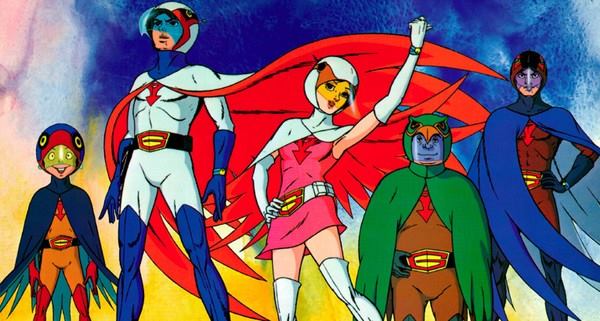
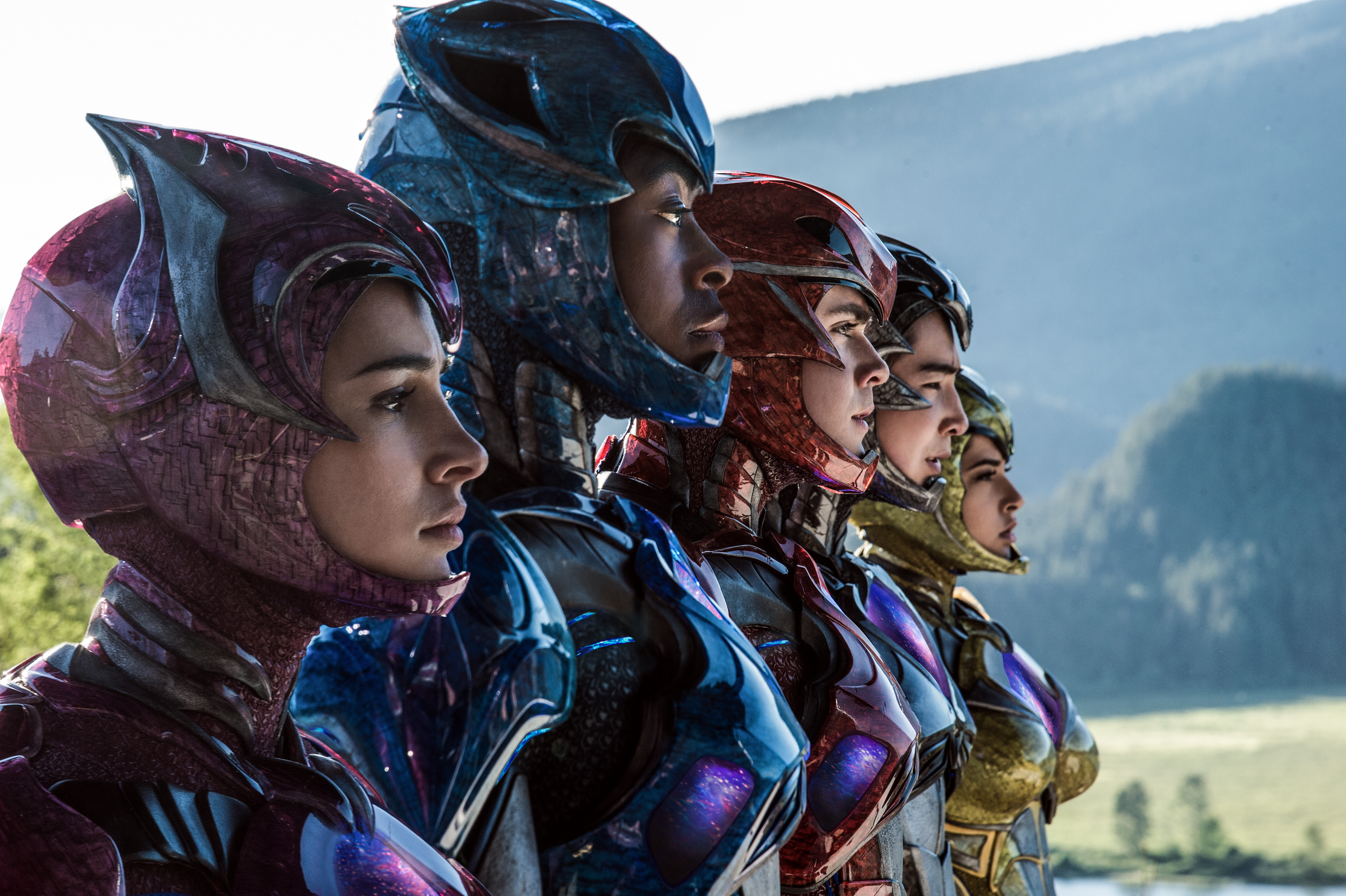
Nowadays, programmes of Japanese origin are huge hits when they are imported and adapted for American audiences. Shows like “Ninja Warrior” (“Sasuke” in Japan) and “Iron Chef” (same name in Japan) have seen immense popularity, and they’re pretty much the same shows in both English and Japanese.
But 20 years ago, they used to retool shows brought in from Japan a lot more. It wasn’t just about the language — they would frequently scrub it of all cultural context and present it as a completely Americanised idea. Here are 7 shows that you never knew had Japanese origins.
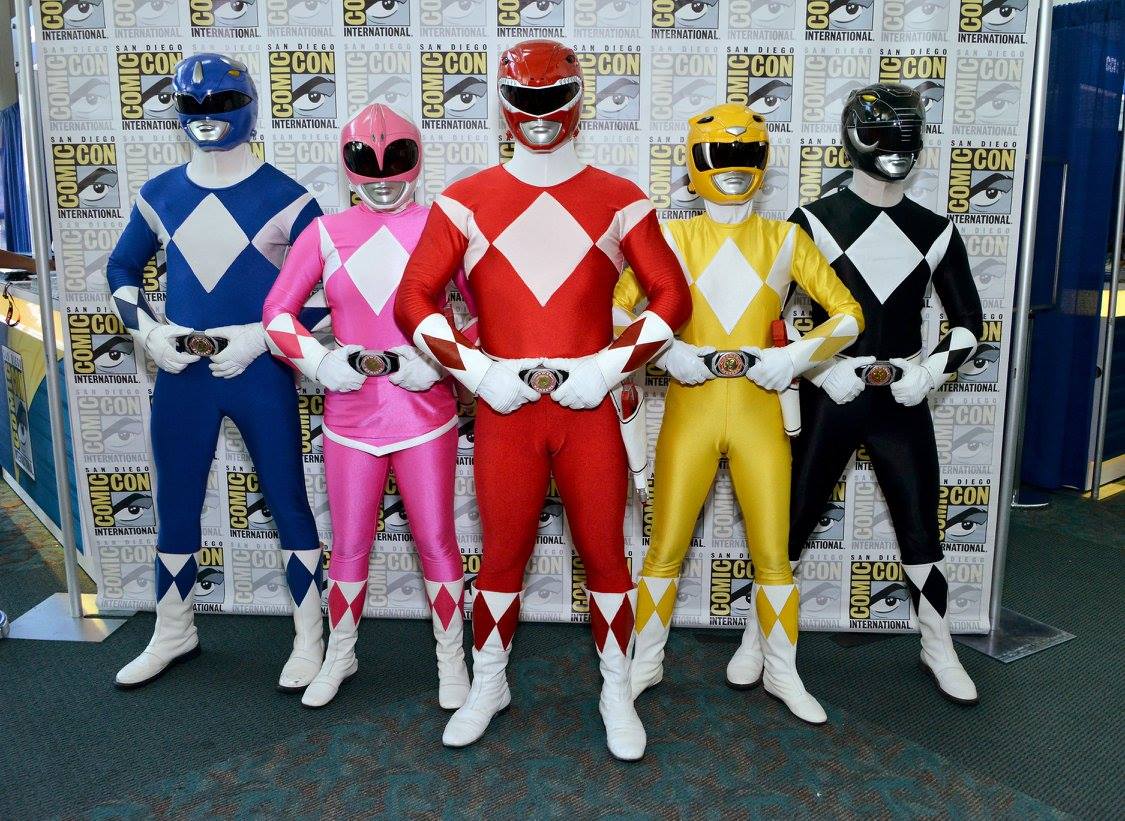
1. Power Rangers
As kids, we sort of knew that “Power Rangers” used Japanese footage for all the fighting scenes since the lighting, treatment, and colour correction were vastly different from the scenes when the Power Rangers were in civilian form. And we were right! It turns out that each season of “Power Rangers” uses footage from the Super Sentai (loosely translated as “super powered squadron”) genre in Japan.
Every year, a brand new Super Sentai series will be produced in Japan, with completely new characters, super robots, and monsters. They are mostly standalone series. What the original “Power Rangers “did was to use Super Sentai footage for monsters and fights, but create new characters for the human identities of the heroes and dub them Power Rangers.
“Power Rangers” was set in the same shared universe with the same recurring characters for the first six seasons and two movies, until they decided to take a leaf from the Super Sentai series and reset each new season with a fresh set of characters.
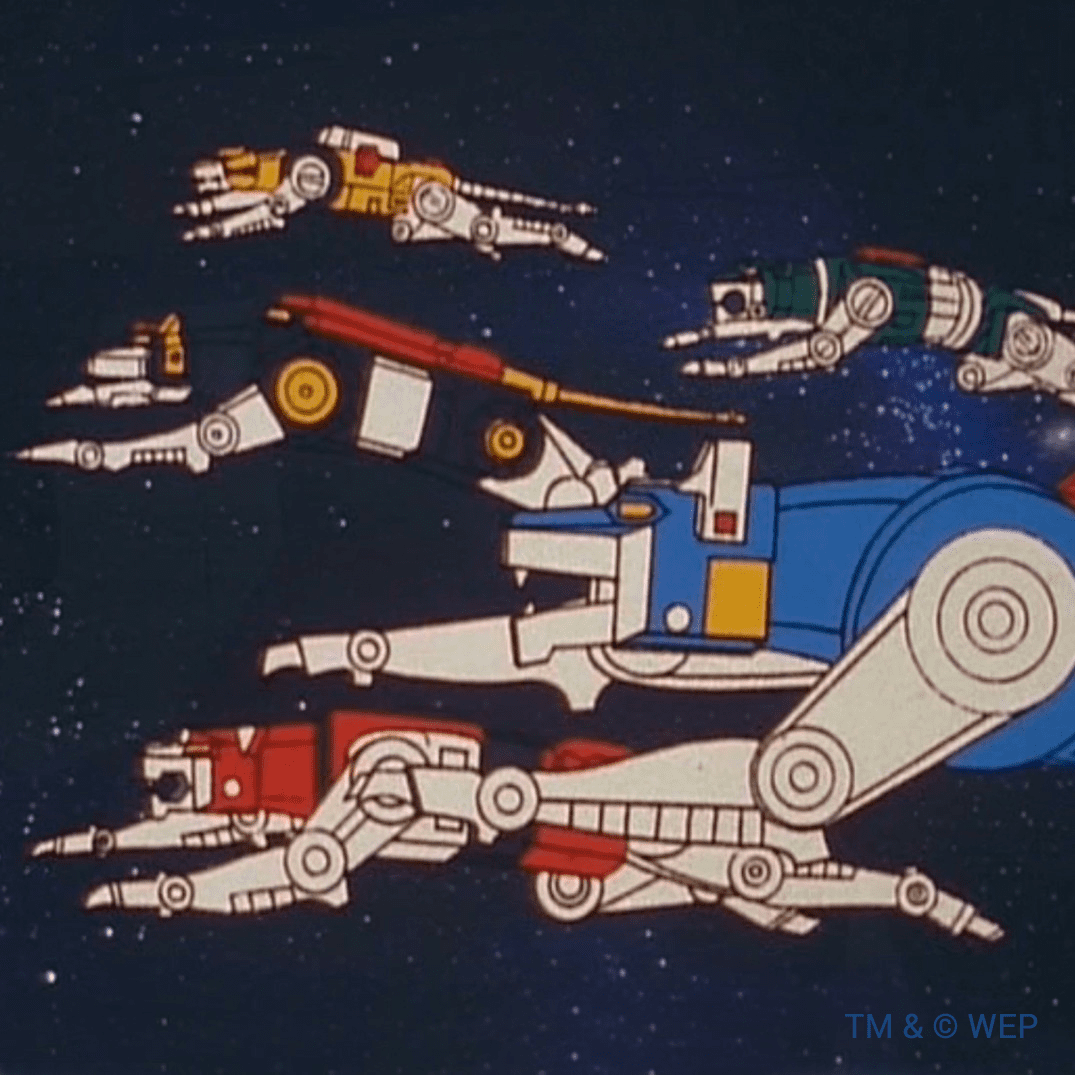
2. Voltron
Before “Power Rangers” introduced us to combining robots with human pilots, we had “Voltron: Defender of the Universe”. Five robot lions would combine into a giant humanoid robot (why not a giant lion robot though?) that was Voltron! The second season took a drastically different direction, with Voltron being made up of car robots, and that’s because it was based on a completely different show.
You see, the first season of the cartoon was mostly edited from a Japanese anime called “Beast King GoLion” (hence lions), while the second season was edited from “Armored Fleet Dairugger XV” (hence fleets of vehicles). The first Voltron robot was originally named GoLion in Japan, and remains one of the most memorable mecha for many 80s kids.
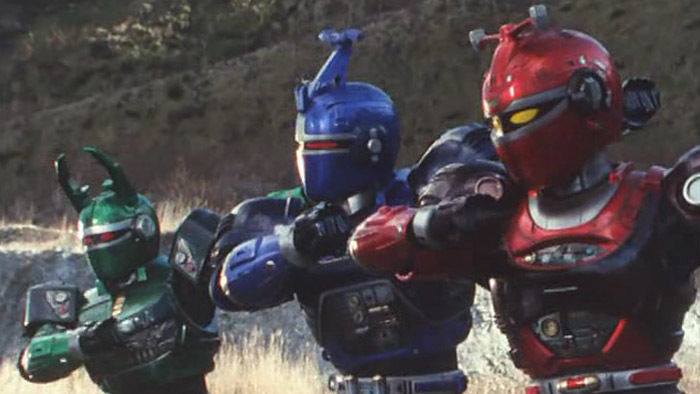
3. Big Bad Beetleborgs
To capitalise on the popularity of “Power Rangers”, Saban Entertainment (the company behind “Power Rangers”) adapted another Japanese show for American audiences — “Big Bad Beetleborgs”. It saw three normal kids transforming into the titular Beetleborgs to battle monsters every week. The show lasted two seasons, and was created from the Japanese Metal Hero series “Juukou B-Fighter” and “B-Fighter Kabuto” for its first and second seasons, respectively.
Just as the Super Sentai series are about a group of superheroes with giant robots and nifty costumes when they transform, the Metal Hero series in Japan are about a group of superheroes who use special technology to become androids or cyborgs to fight evil.
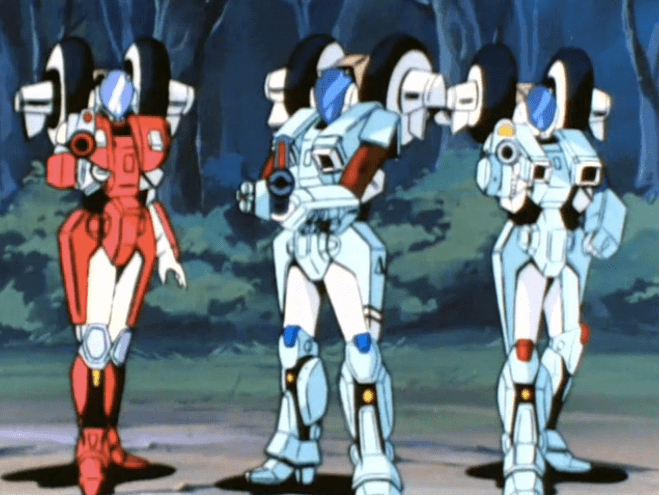
4. Robotech
If you thought that “Voltron” was amazing for being able to cobble together a two-season series from two different shows, then “Robotech” is an absolute miracle for creating one television series from three different Japanese anime! It was created from “The Super Dimension Fortress Macross”, “Super Dimension Cavalry Southern Cross”, and “Genesis Climber Mospeada”.
The reason for doing so was because Harmony Gold, the company behind “Robotech”, wanted to bring the “Macross” franchise to the US. However, a television show requires 65 episodes to be syndicated in America, and “The Super Dimension Fortress Macross” was only 36 episodes long. “Super Dimension Cavalry Southern Cross” was 23 episodes long and “Genesis Climber Mospeada” was 25 episodes long, so they combined all three anime to create a series that was long enough for syndication.
And now, “Macross” is famous enough to stand on its own two feet as a franchise!
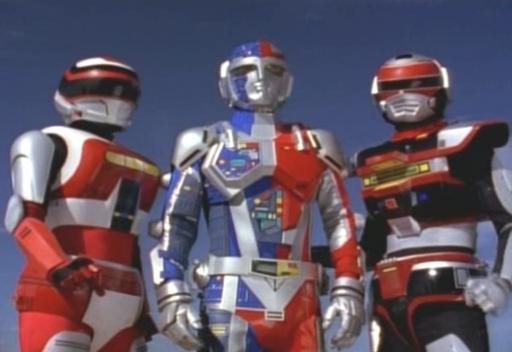
5. VR Troopers
Before “Big Bad Beetleborgs”, Saban Entertainment experimented with another series named “VR Troopers”. It was also based on shows from the Metal Hero series — “Superhuman Machine Metalder”, “Dimensional Warrior Spielban”, and “Space Sheriff Shaider”, but they credited their powers to VR (virtual reality) sources, since VR was really big back in the 90’s. If it were made today, it’d be probably be called AR (augmented reality) Troopers.
“VR Troopers” lasted two seasons, but it faced a problem when it came to using footage from the Metal Hero series — they used it up too fast, meaning that they ended up reusing the same stock footage multiple times during the series. This was because the characters transformed into heroes from two different series, so each episode used footage from two different Metal Hero series at a time.

6. Battle of the Planets
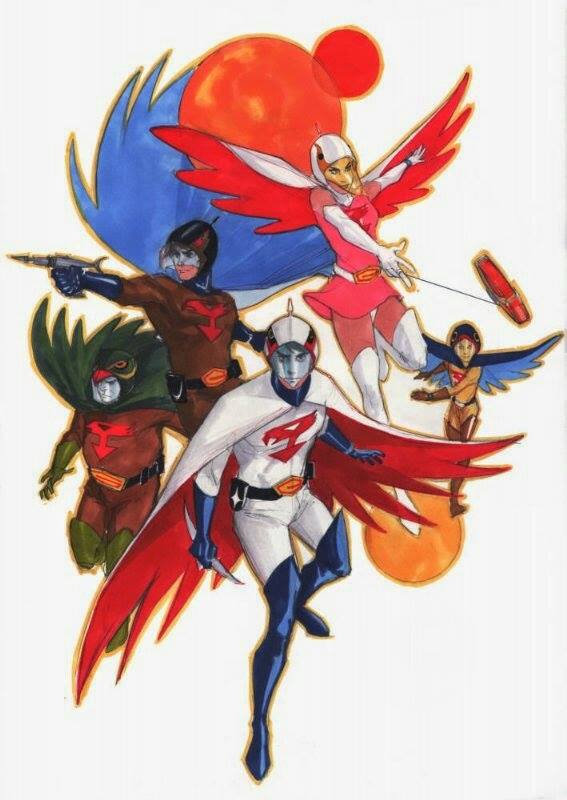
7. G-Force: Guardians of Space
In a startling reversal of multiple Japanese anime being recycled for one American television series, “Science Ninja Team Gatchaman” was used as footage for two different American animated series! The two shows took radically different approaches to the source material though.
“Battle of the Planets” took a more “Star Wars”-esque approach to its adaptation of the source material, and even edited in an R2D2 clone, 7-Zark-7, for its series in 1978.
As a testament to the timelessness of “Science Ninja Team Gatchaman” (made in 1972), it was used again in 1986 for “G-Force: Guardians of Space”. This time, however, it was a much more faithful adaptation of the original.
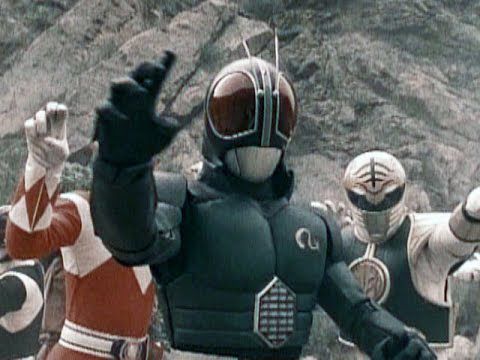
8. Masked Rider
Saban Entertainment also adapted the footage from a Kamen Rider (“kamen” means mask in Japanese) series, “Kamen Rider Black RX”, into their “Masked Rider” series. It saw a human-like alien prince who could transform into a masked superhero with a motorcycle (hence the “Rider” portion of the title) fighting evil monsters on Earth. Unlike the other three attempts, “Masked Rider” was deemed a commercial flop by Shinichi Moriyasu, the former president of Bandai (the company that makes Power Rangers and Masked Rider toys).
If you’re wondering why Japan has so many of such series — Super Sentai, Metal Hero, Kamen Rider — it’s because they have a special genre for such media, called tokusatsu, which can be loosely translated as “special filming/shooting”. It refers to shows that make use extensive special effects, like “Ultraman”. The “Godzilla” franchise is probably the most famous tokusatsu series around.
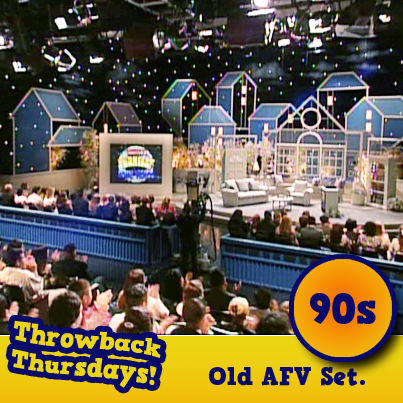
9. America’s Funniest Home Videos
And for something completely out of left field — “America’s Funniest Home Videos” was developed from a segment on a Japanese variety show called “Kato-chan Ken-chan Gokigen TV” that aired in the mid 1980s. The home camcorder had started gaining popularity then, so “Kato-chan Ken-chan Gokigen TV” (which translates to “Fun TV with Kato-chan and Ken-chan”) had a segment where viewers could submit funny home videos.
“America’s Funniest Home Videos” was developed specifically from that segment, and even featured several submissions from “Kato-chan Ken-chan Gokigen TV” in its first season. And now it’s in its 27th season.
What other shows have you watched that were adapted from Japanese programmes?
This review was written for and first published on Yahoo Singapore.
Marcus Goh is a Singapore television scriptwriter, having written for Police & Thief, Incredible Tales, Crimewatch, and Point of Entry. He’s also a Transformers enthusiast and avid pop culture scholar. You can find him on social media as Optimarcus and on his site.
If you liked the article, follow me on Facebook and Twitter for more (presumably) good updates!
To get in touch with me, send an email!
Leave a Reply